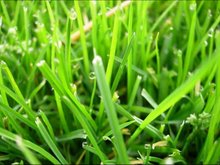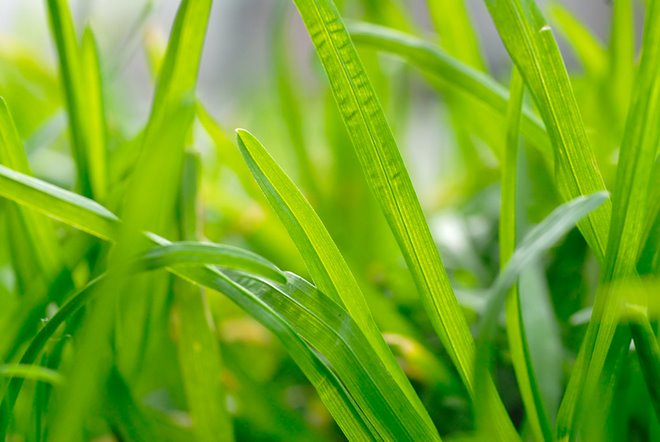
Journal of the American Medical Association reported 11 Apr in a study that a new influenza vaccine churned out by caterpillar cells prevents the flu! The advance might eventually revolutionize the manufacture of flu vaccine, now produced in chicken eggs in a long, cumbersome process prone to contamination and other failures.
During the 2004–2005 flu season, none of 151 recipients of a high dose of the new vaccine caught the bug. The study "absolutely showed protection".
The new vaccine is produced by caterpillar cells infected with a genetically modified baculovirus. In its normal form, this virus prolifically produces a protein called polyhedron, which coats and protects the virus particles as they rest on leaves before being eaten by a caterpillar. The vaccine developers replaced the polyhedron gene with the gene for hemagglutinin, an influenza protein. Lab-grown insect cells infected with the modified baculovirus then churned out large amounts of hemagglutinin, which elicited flu-fighting antibodies when injected into people, according to the new findings.
Each strain of influenza carries a slightly different hemagglutinin gene, and each year public health officials make an educated guess as to which strains will emerge around the globe. Vaccine makers then target the predicted strains. If the officials guess wrong, as they did in 2003, the vaccine produced offers little protection. But with the new method, the appropriate hemagglutinin gene could be quickly inserted into baculovirus, speeding production of effective vaccines.
It takes 6 months from identification of emerging strains in Asia to putting the vaccine in vials. The new process could cut production time to 2 months. Such an acceleration could save lives. However, researchers haven't yet demonstrated large-scale vaccine production from insect cells.
Gary Nabel, director of the Vaccine Research Center at the National Institutes of Health in Bethesda, Md., agrees. "Overall, I'd say it's encouraging. [But] is it ready to swoop in tomorrow and replace conventional vaccines? No."

































